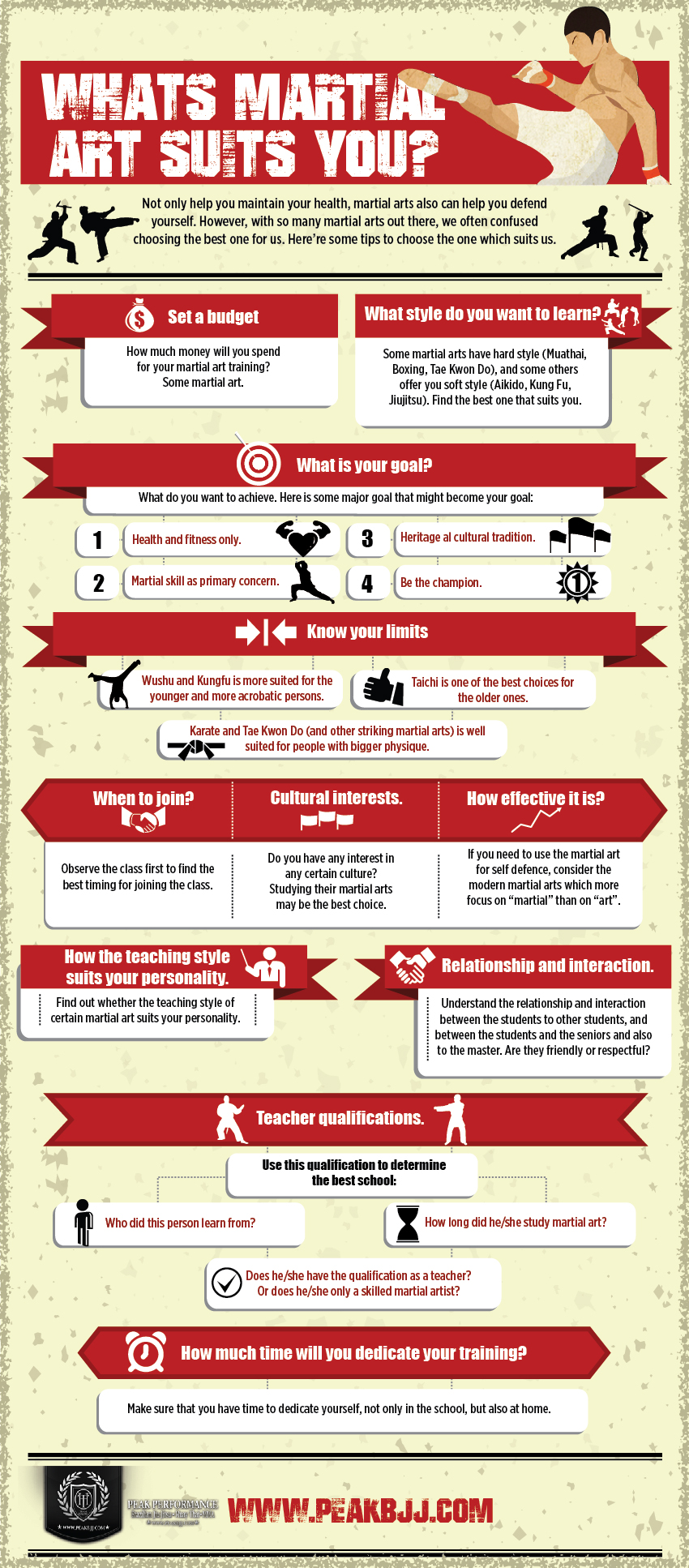Taekwondo Forms: Comprehending The Fundamentals And Their Value
Taekwondo Forms: Comprehending The Fundamentals And Their Value
Blog Article
Posted By-Holland Bradshaw
Did you know that there are over 20 different taekwondo kinds, each with its very own unique sequence of movements and methods? global martial arts chapter 126 , likewise referred to as poomsae, play a vital duty in the practice and advancement of taekwondo experts.
However just what are these types, and why are they so considerable? In this conversation, we will discover the fundamentals of taekwondo kinds, their origins, and the crucial elements that make them an essential part of this martial art.
Whether you're a newbie or a seasoned specialist, understanding the relevance of taekwondo kinds will certainly strengthen your gratitude for this old technique and enhance your trip towards mastery.
Beginnings and Development
The origins and advancement of Taekwondo can be mapped back to ancient fighting styles practices in Korea. It was created over 2,000 years back and has actually given that grown into a popular and around the world recognized sporting activity.
Taekwondo was greatly affected by various Oriental fighting styles styles, such as Taekkyon and Subak, in addition to Chinese martial arts. It was initially made use of as a means of protection, yet in time, it developed into a competitive sport that focuses on striking strategies and high kicks.
In the 20th century, Taekwondo went through a substantial makeover and was standard right into its modern type. The Korea Taekwondo Organization played an essential duty in this procedure, aiding to develop guidelines, methods, and develops that are still adhered to today.
Key Elements and Techniques
Now let's explore the fundamental elements and techniques of Taekwondo. To fully comprehend the crucial elements and methods, it is essential to dig deeper right into the following subtopics:
- Stances: Taekwondo emphasizes the correct use of positions, such as the front stance, back stance, and equine position. These stances supply stability, equilibrium, and power in carrying out different techniques.
- martial arts to lose weight and Kicks: Taekwondo is renowned for its powerful and dynamic kicks, including the front kick, roundhouse kick, and side kick. Strikes, such as punches and knifehand strikes, are additionally vital strategies in Taekwondo.
- Blocks and Defense: Efficient protection is crucial in Taekwondo. Blocks, such as the high block and low block, are used to shield versus incoming attacks. Correct timing and positioning are crucial to efficiently defending oneself.
Advantages and Impact
Among the substantial advantages of exercising Taekwondo is the enhancement of physical conditioning and total well-being. By engaging in normal training sessions, you can enhance your cardio wellness, toughness, versatility, and endurance. Taekwondo entails a variety of activities that target various muscular tissue groups, helping you construct a solid and toned body.
In addition, this martial art advertises psychological well-being by minimizing tension and anxiety levels. The technique and emphasis needed in practicing Taekwondo can help improve your focus and improve your ability to take care of difficult situations.
Moreover, the method of Taekwondo imparts a feeling of positive self-image, self-control, and self-discipline, which can favorably impact different locations of your life. On the whole, exercising Taekwondo can bring about a healthier and more balanced way of living.
Conclusion
So there you have it! Taekwondo forms aren't just simple routines, but a depiction of the abundant background and advancement of this fighting style. By mastering the key elements and methods, practitioners can reap many physical and mental advantages.
From boosted flexibility and strength to improved focus and discipline, taekwondo types have a lasting influence on those who practice them.
So, whether you're a novice or a skilled martial musician, embrace the power of these types and let them take you on a journey with time.
